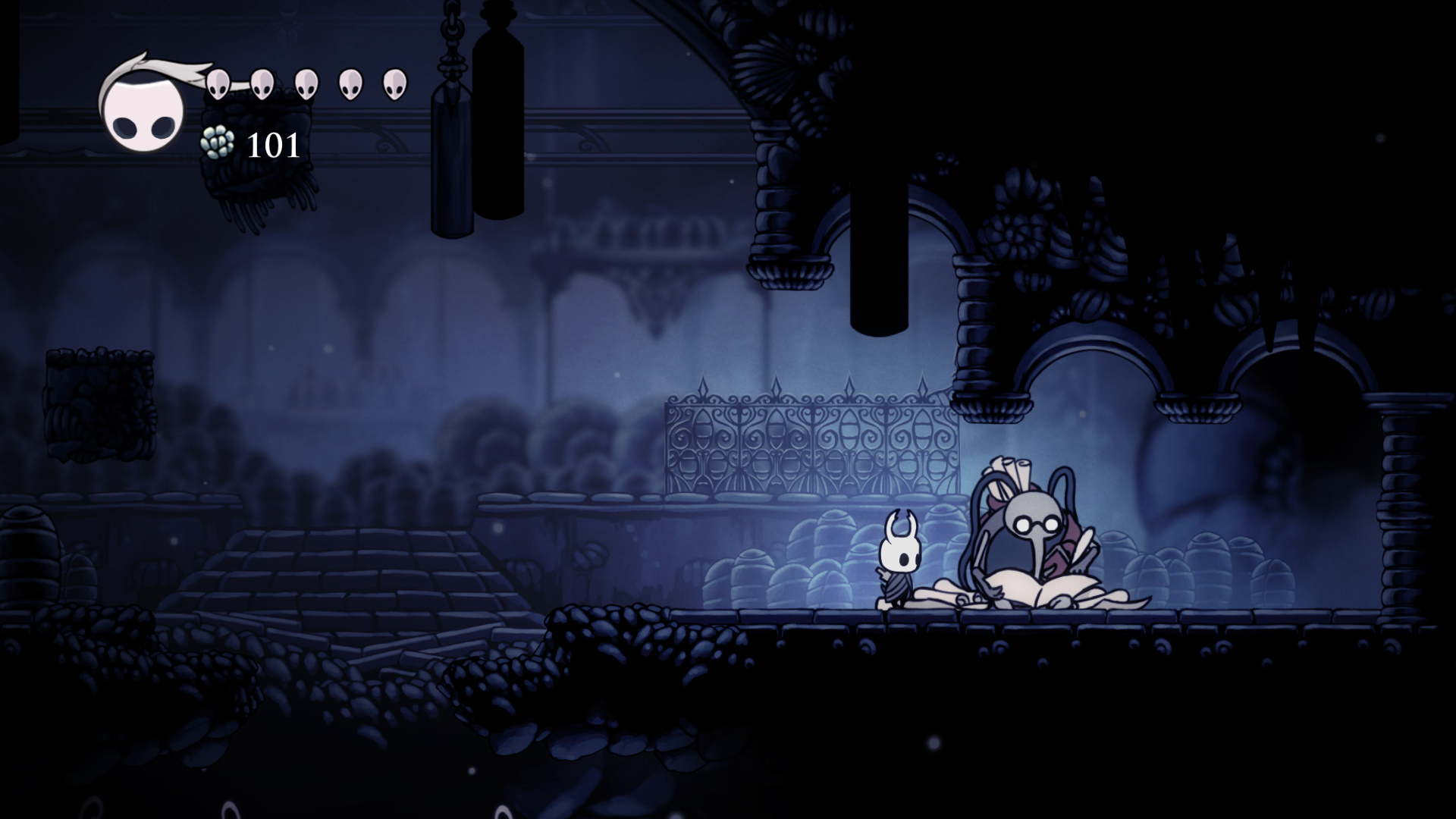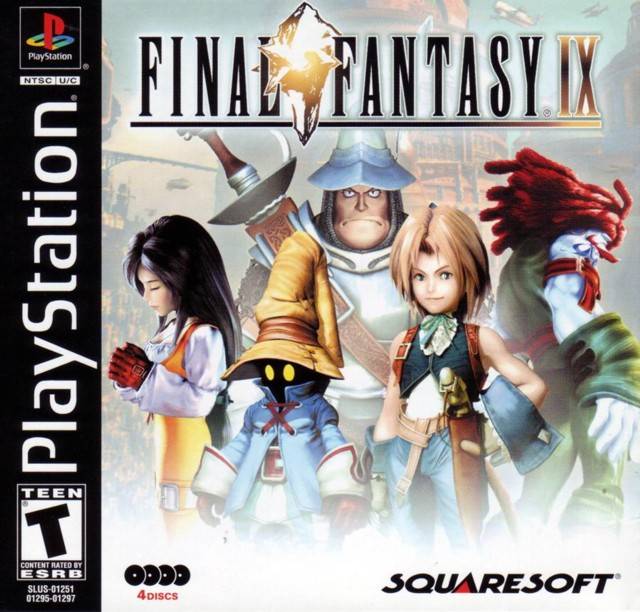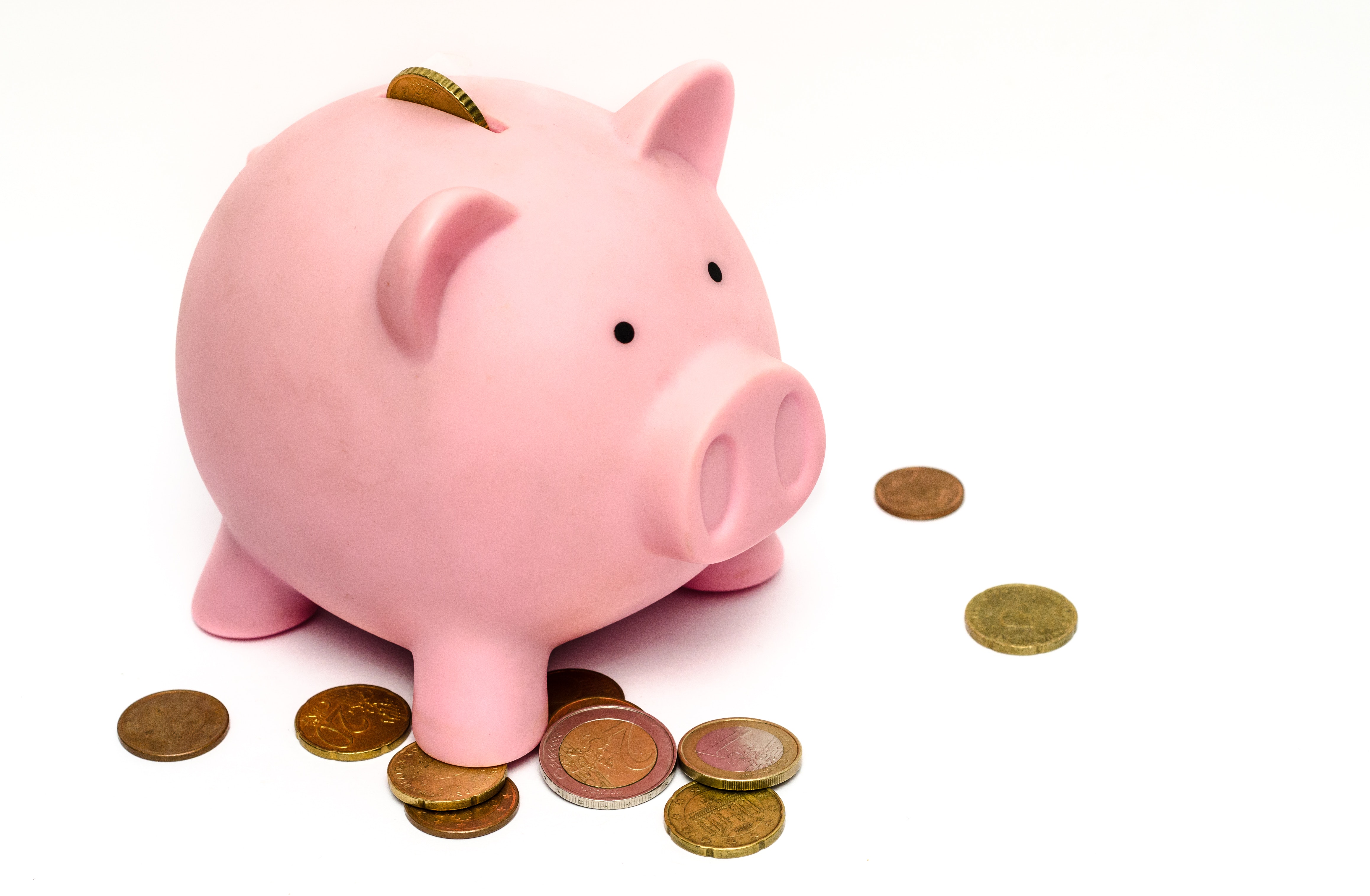PassMeTheController
joined
Pass Me The Controller specialises in all inclusive marketing. This means we do everything in-house, from creating marketing plans to cutting trailers and doing PR. We even make websites too!
We offer flexible pricing on our services, from fixed-fees to a percentage of your first few months of sale. We don’t take your IP and you keep publishing rights, allowing you to stay in control and, perhaps most importantly, independent.

[This article originally appeared on Pass Me The Controller.]
Don’t be fooled into thinking that you don’t need to create a marketing and PR strategy for your indie game. Taking the time to write down how you’re going to sell your game, even if you’ve got it all planned out in your head, is an important part of the indie process. Doing so will help you collate your thoughts and understand your game’s strengths and weaknesses when it comes to finally selling your game.
The best time to make your marketing and PR strategy is at the beginning of your game’s development. Ideally, once you’ve created the foundations for your game and everything is more or less locked in place design and art-wise. The worst time to start planning is when the game has launched. If you’re in this position then you need to act fast, but it may be best to base your marketing and PR around a future update.
A good marketing strategy doesn’t require pages upon pages of dense information. Instead, keep it short by focusing on these four points:
- Product
- Price
- Place
- Promotion
These are the four Ps of marketing. The four Ps of marketing is a concept that was created by marketing professor Edmund Jerome McCarthy. Breaking things down into these four categories ensures that you are marketing to the right people, at the right time, for the right cost. It’s also a great way of presenting your marketing plan in an easy to understand format.
Hopefully, you would have already thought about some these aspects of your game (such as place and price) but if you haven’t then this is a good place to finalise those details.
So we’ve got the four P’s however what should we cover and when? Let’s dive a bit deeper into each section.
PRODUCT
Firstly you should explain what your product is. Try to keep this to one paragraph but be in-depth. Go beyond basic genre terms like JRPG, or FPS, and be more specific. For example, if your game is a horror JRPG, then say so. Once you’ve done this try summing up your game in one sentence, highlighting the most important aspects of your game.

After you’ve identified your product, write down who your product is for. Cite sources to backup your information. Maybe there are a few articles about fans bemoaning the lack of a certain type of genre or theme. Use these sources to give creditability to your thoughts. This is the part where you need to research as much as possible and where social media is your best friend. Search Reddit, Facebook, Twitter, Youtube, wherever you can, and try to find out as much as possible as who your audience will be.
Finally, create a user profile of who your target demographic is. Use the research you did for the previous section, expand on it more if need be, to make your user profile as specific as possible. Creating a user profile will give you a strong idea of where your audience is communicating with each other, what they value and a whole host of other data.
PRICE
Use all of the information you’ve compiled so far to identify what the price should be for your game. Also be sure to write down the price of your competitors, as this will provide you with valuable information about what your consumers will compare your product to in terms of price vs content.

Be sure to write down all of the prices of your product. For example, if you’re going into Early Access, make a note of what your price will be (even if it’s the same). Also research timings for sales (such as the Halloween and Christmas Steam sales) and plan your game’s price for those.
PLACE
With your price in place, it’s important to identify where you will be selling your game. For most indies, this will be Steam. But don’t stop there. Is there anywhere else you can sell your game? For example, Itch.io and GoG. What are the strengths and weaknesses of selling your games on the storefronts you’ve chosen? Outline where your competitors have sold their games and how well they performed.
Don’t just focus on the storefronts you’re going to be selling your game though. Think about timing and try to come up with a rough release date for your game and any public, playable, builds (Early Access). If your game is about Christmas, releasing in the middle of July might not be such a good idea. Neither would be releasing on Christmas day. Take the time and be thoughtful about your game’s release day.
PROMOTION
By this point, you should have a decent amount of information about your game, your opposition, your price and the place you’re going to sell your game. Finally, you need to come up with a strategy for how you’re going to get the people you’ve identified as your audience to buy your game.
This can be a particularly daunting task, so try to split down your strategy into three parts:
Content – What content will you create to market your game (such as trailers or press releases)?
Appeal – How will the content appeal to your market?
Reach – How will this content reach them?
Given that video game marketing relies so heavily on content, it’s important that you know what you will make, how it’ll be effective and then how that content will get to its intended market.
When you know what content you’re going to create, even in a broad sense, create a content schedule. This can either be in the marketing document itself using a table or as an excel (or Google Sheets). Whatever is easiest for you. In the table fill in what content you’re going to make for when, why you’re making that content, and how you’re going to get your audience to view it. Try to make the content schedule as specific as possible.
Once you’ve done this, check through your strategy and make any adjustments wherever needed. Try to ensure your strategy is as consistent as possible. If there doesn’t appear to be a coherent thread then go back over the four Ps and refine your plan there. If need be, do more research and think more in-depth about your game.
Writing a marketing strategy can take a while, so don’t be too concerned if it takes you a few days. The key is to do enough work on it that you feel knowledgeable about how you’re going to bring your game to market. Good luck!
If you’re concerned about your marketing strategy then get in touch. We can create your marketing and PR strategy for you! We can also execute it too by creating content, managing your PR etc. Get in touch to find out more!
[Featured image is from Hollow Knight by Team Cherry.]

